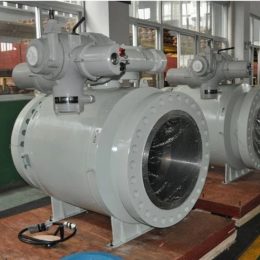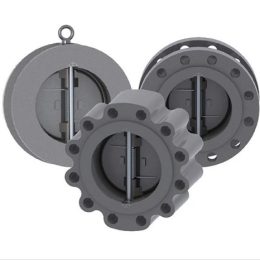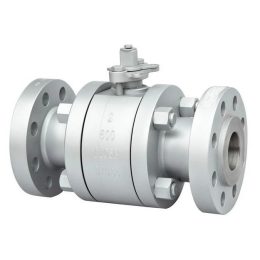Insights on Metal-Seated Trunnion Ball Valves: 10 Must-Knows

Overview of Metal-Seated Trunnion Ball Valves
Metal-seated trunnion ball valves are commonly used in industrial applications where high temperatures, abrasive materials, and corrosive environments are present. These valves are designed to provide reliable and safe operation in such conditions. Understanding the components, temperature and pressure limits, and maintenance requirements of metal-seated trunnion ball valves is crucial for ensuring their optimal performance and longevity.
===Construction and Materials: Critical Components of Metal-Seated Trunnion Ball Valves
The critical components of metal-seated trunnion ball valves include the valve body, the ball, the seats, the stem, and the trunnion. The valve body is usually made of stainless steel, carbon steel, or exotic alloys. The ball is typically made of stainless steel and is coated with tungsten carbide or other hard materials for abrasion resistance. The seats are also made of hard materials such as tungsten carbide or ceramic to withstand erosion and corrosion. The stem is usually made of stainless steel and is designed to withstand high pressures. The trunnion is a key component that supports the ball and prevents it from being dislodged under high pressure.
===Temperature and Pressure Limits: Understanding the Operational Limits of Metal-Seated Trunnion Ball Valves
The temperature and pressure limits of metal-seated trunnion ball valves depend on the materials used in their construction, the design of the valve, and the specific application. Typically, these valves can withstand temperatures up to 800°F (427°C) and pressures up to 10,000 psi (689 bar). However, these limits may vary depending on the materials used and the application. It is important to consult the manufacturer’s specifications and guidelines to ensure that the valve is suitable for the intended application.
===Applications: Industries that Benefit from Metal-Seated Trunnion Ball Valves
Metal-seated trunnion ball valves are commonly used in industries such as oil and gas, power generation, chemical processing, and mining. These valves are particularly useful in applications that involve abrasive or corrosive materials, high temperatures, and high pressures. They are also used in applications where tight shut-off is required, such as in pipelines, tanks, and reactors.
===Maintenance: Tips and Best Practices for Maintaining Metal-Seated Trunnion Ball Valves
Proper maintenance is essential for ensuring the optimal performance and longevity of metal-seated trunnion ball valves. Some best practices for maintaining these valves include regular inspection and cleaning, lubrication of the stem and trunnion, and replacement of worn or damaged components. It is also important to follow the manufacturer’s guidelines for maintenance and to use compatible parts and lubricants.
===Conclusion: The Advantages and Disadvantages of Metal-Seated Trunnion Ball Valves
Metal-seated trunnion ball valves offer several advantages over other types of valves, including high temperature and pressure capabilities, abrasion and erosion resistance, and tight shut-off. However, they also have some disadvantages, such as higher cost, higher torque requirements, and the need for more frequent maintenance. Ultimately, the decision to use a metal-seated trunnion ball valve depends on the specific application and the performance requirements.
- “Improve Efficiency with the Lightweight Forged Floating Ball Valve”
- “Optimizing Efficiency and Safety: The Benefits of Casted Trunnion Ball Valve Design”
- “Advantages of Dual Plate Check Valves: Lightweight, Non-Slam, and High-Pressure Capacity”
- Forged Check Valve
- Quarter Turn Electric Actuator
- Corrosion Resistance Grade Of Sanitary Valve



